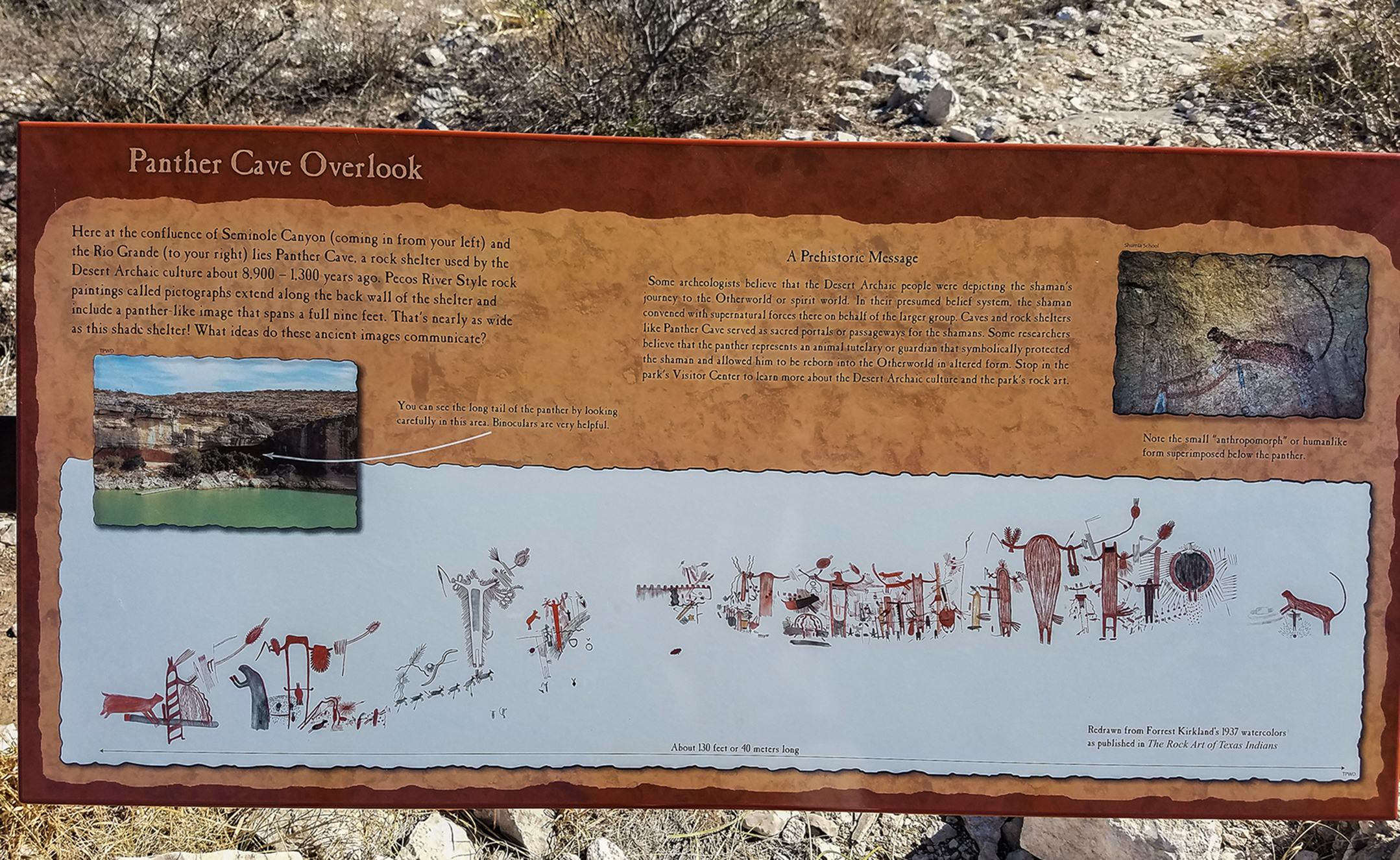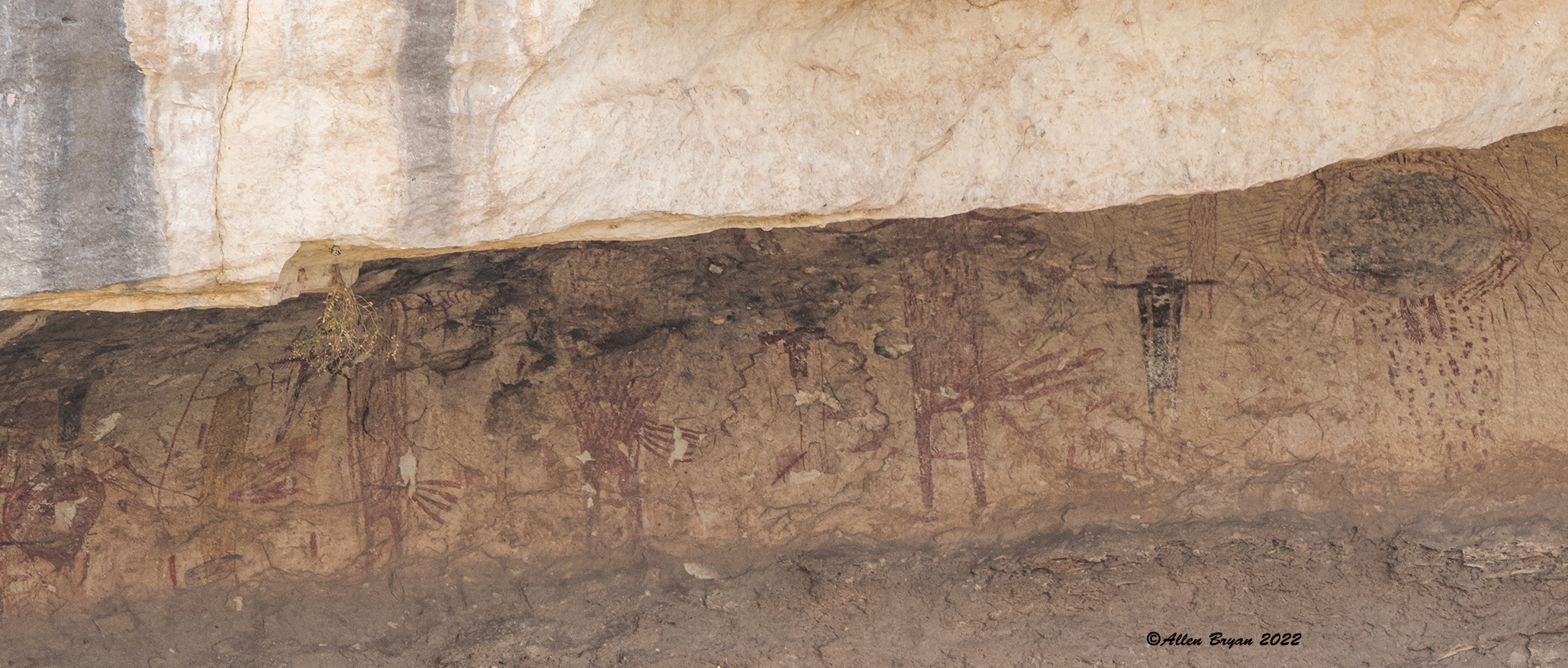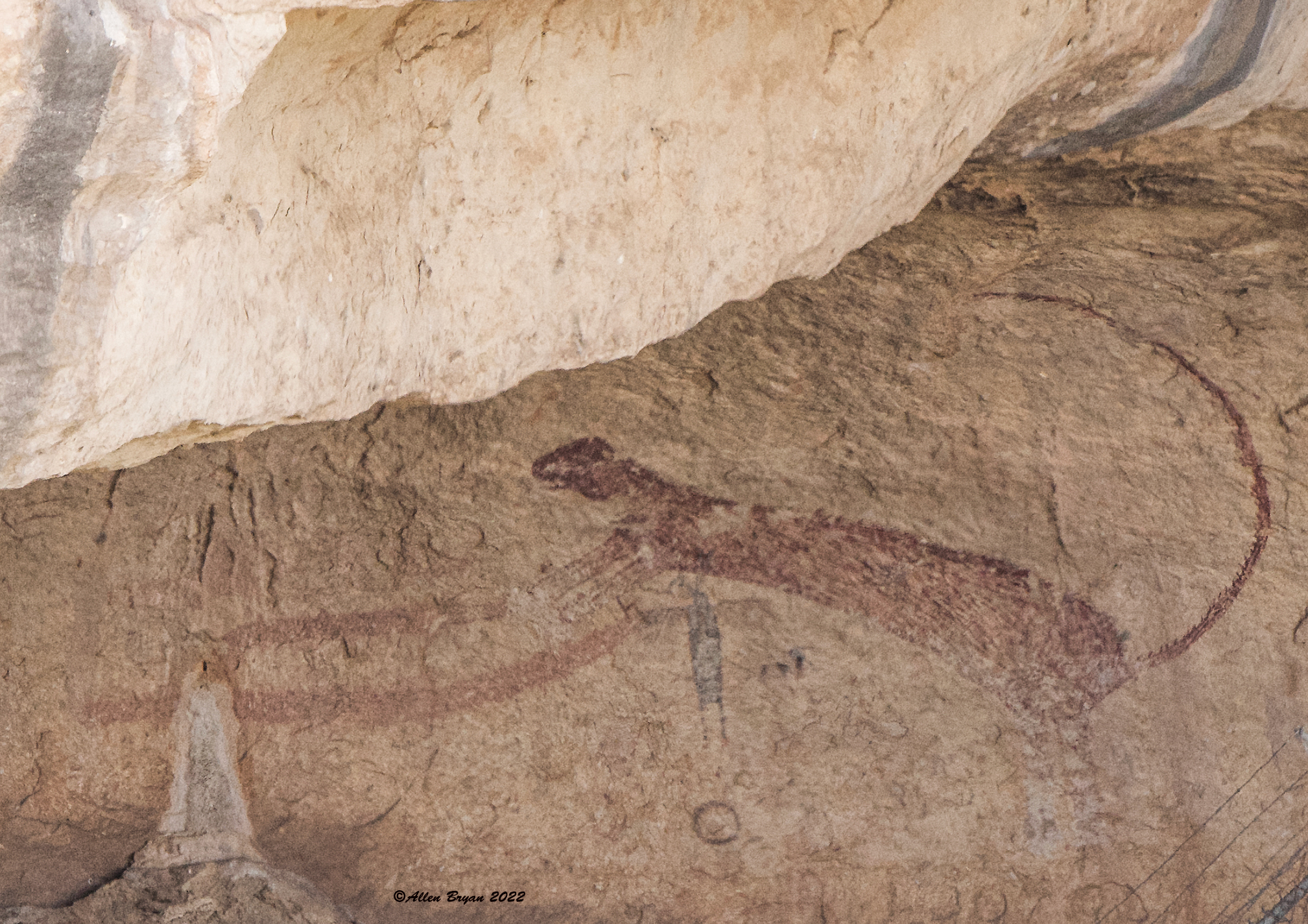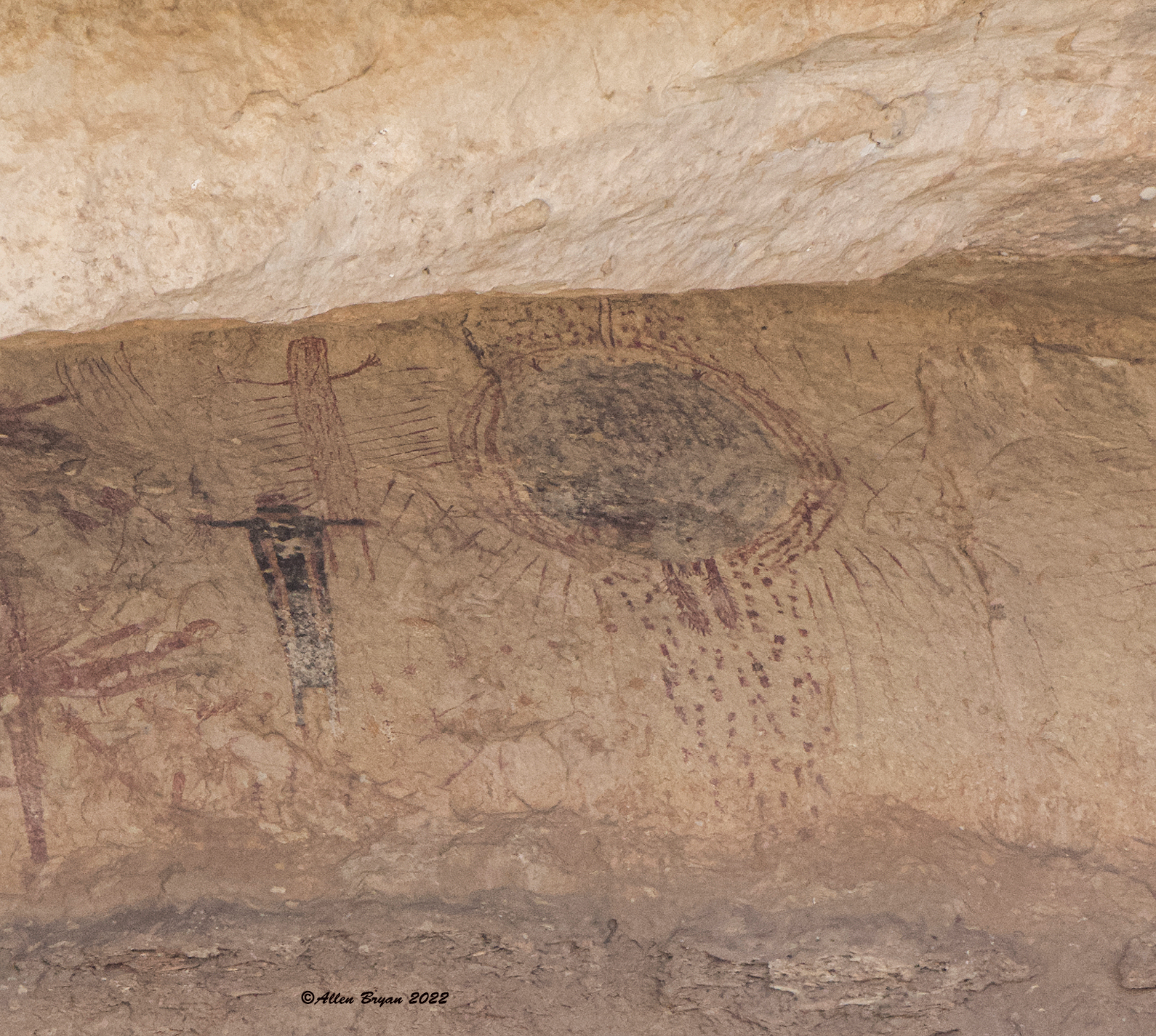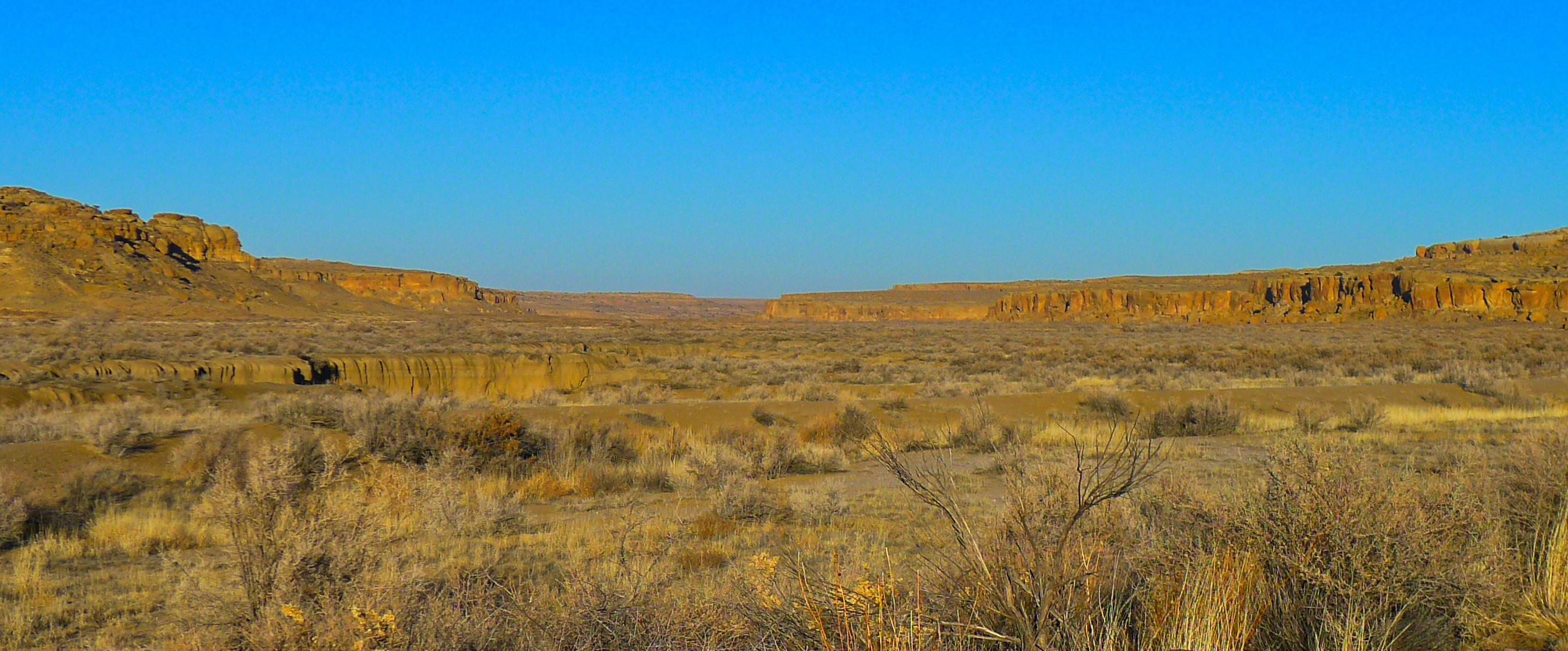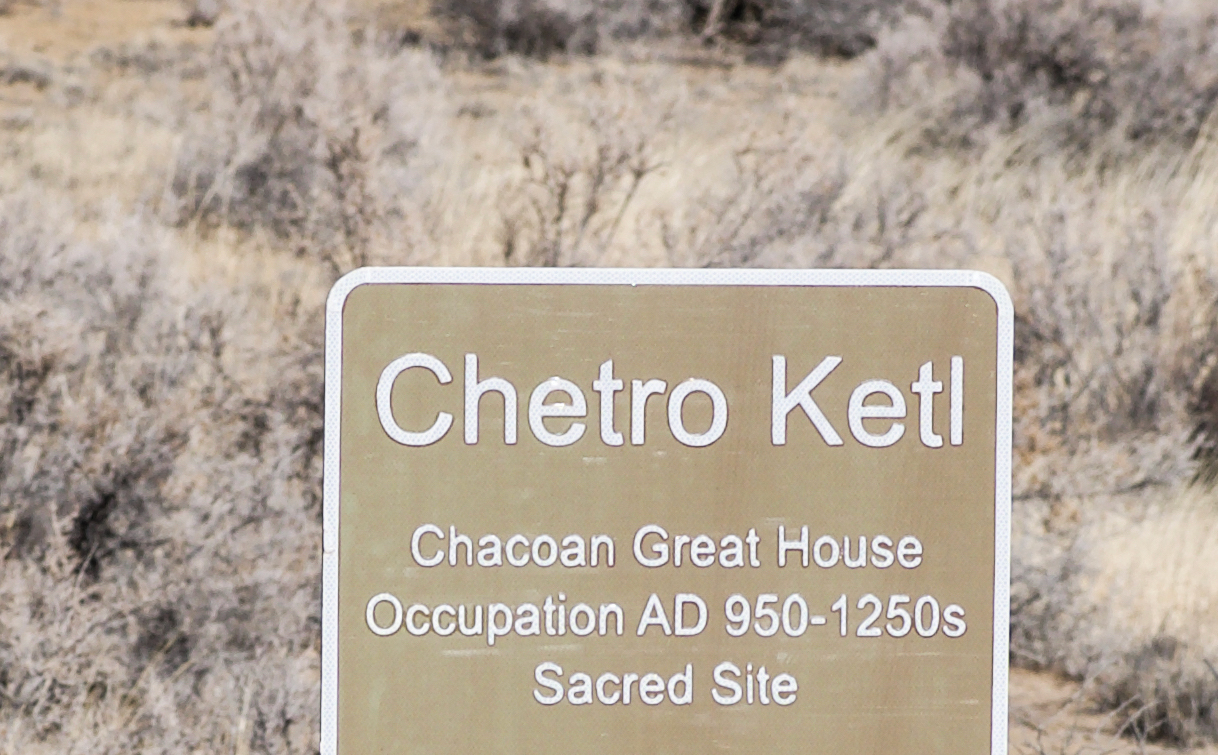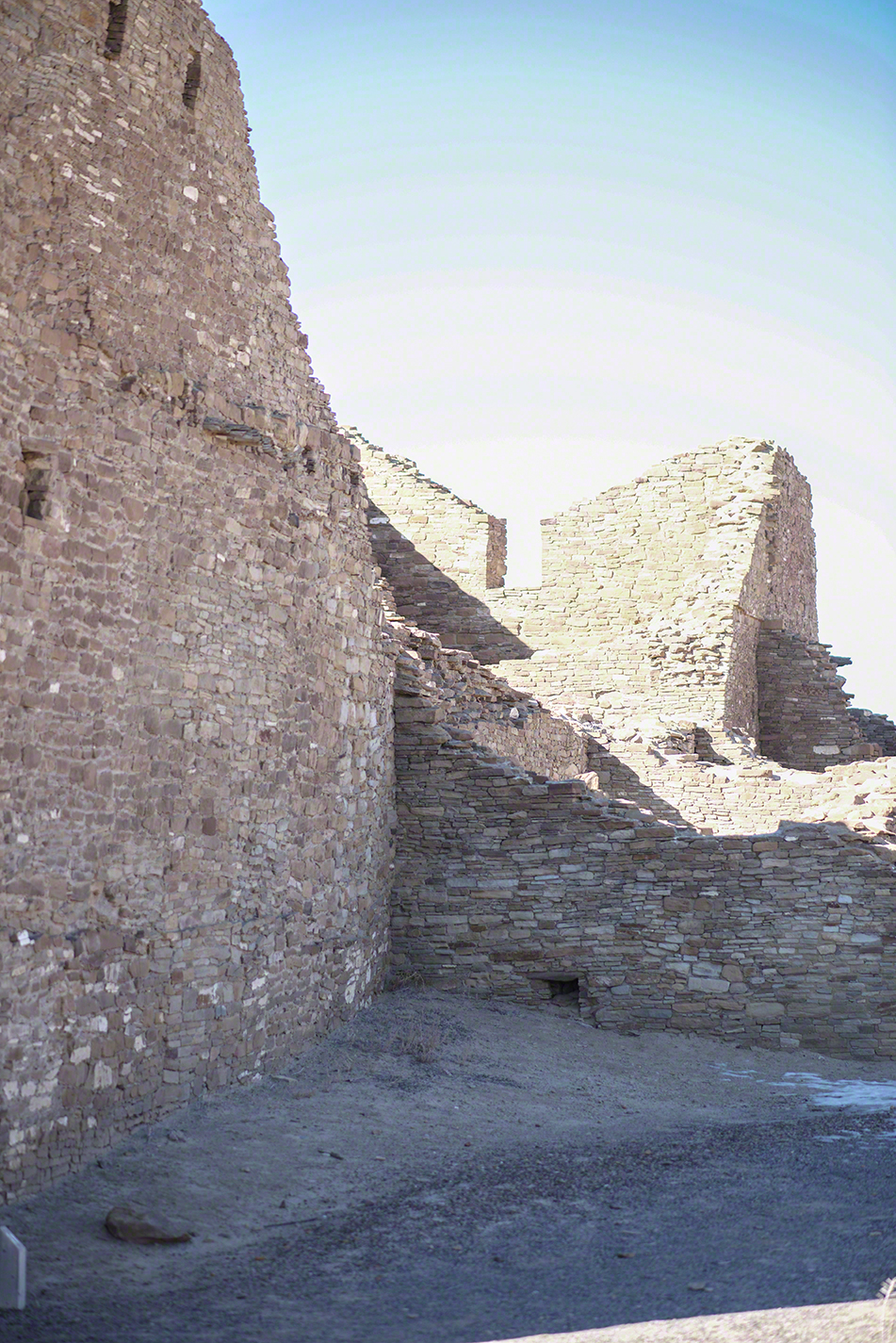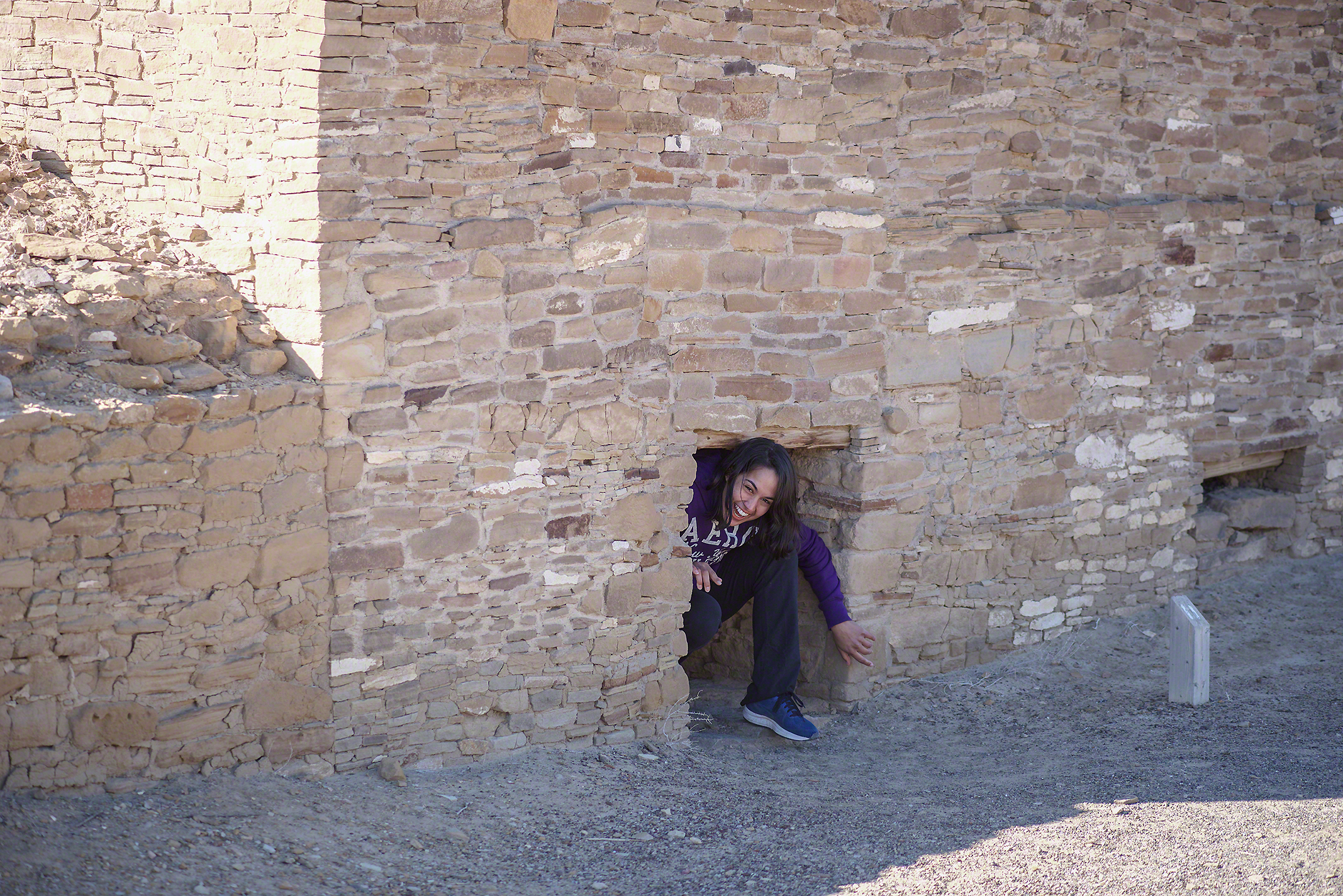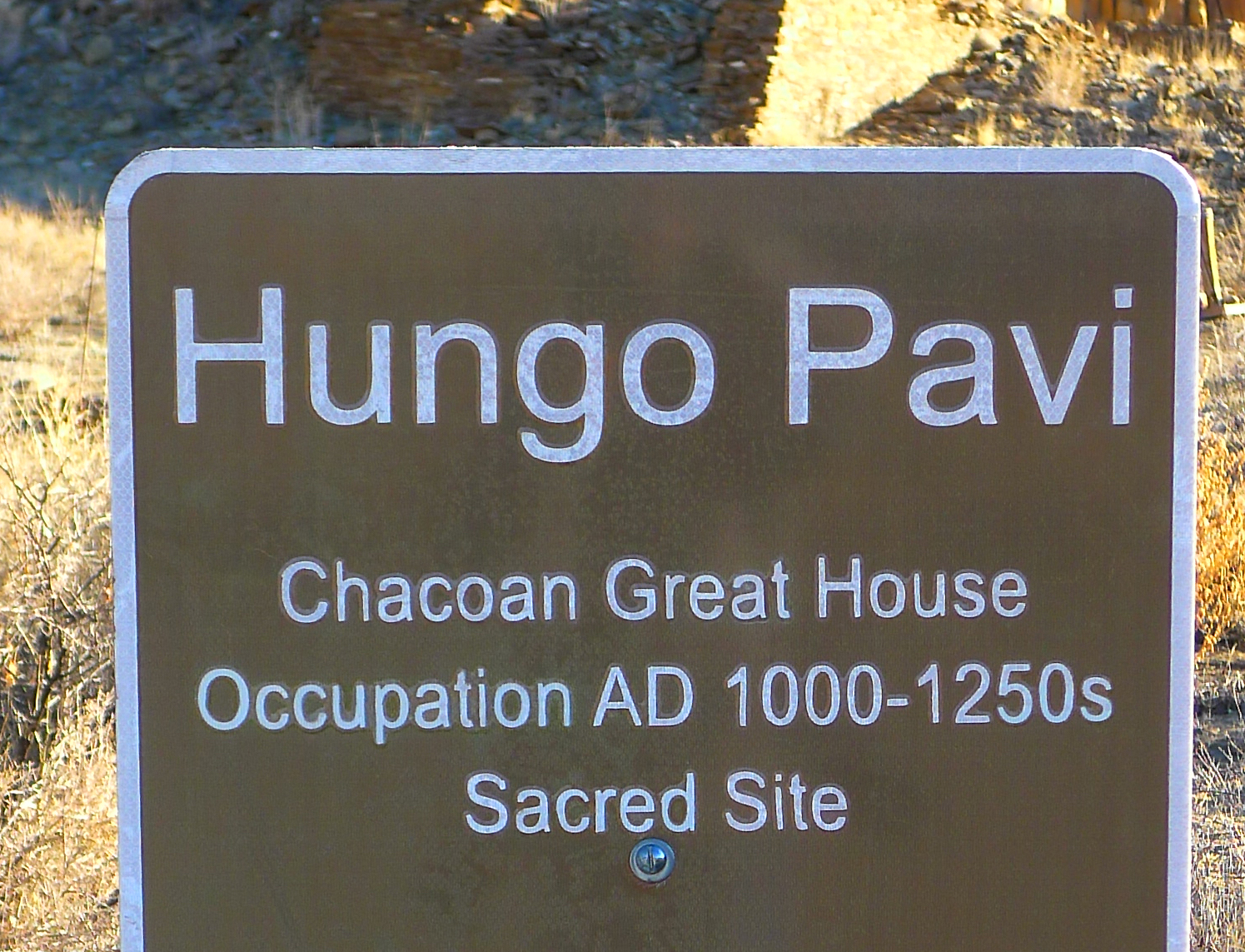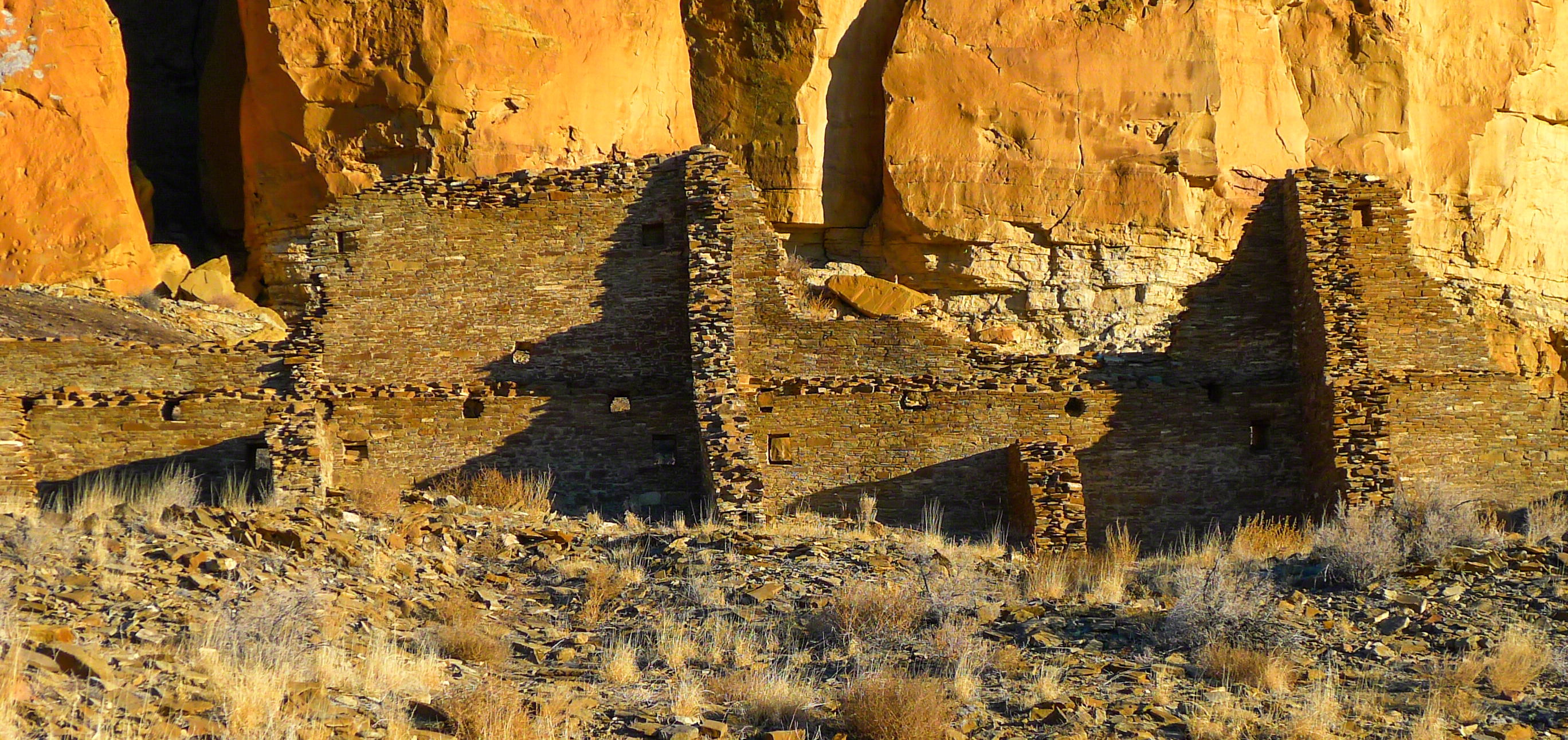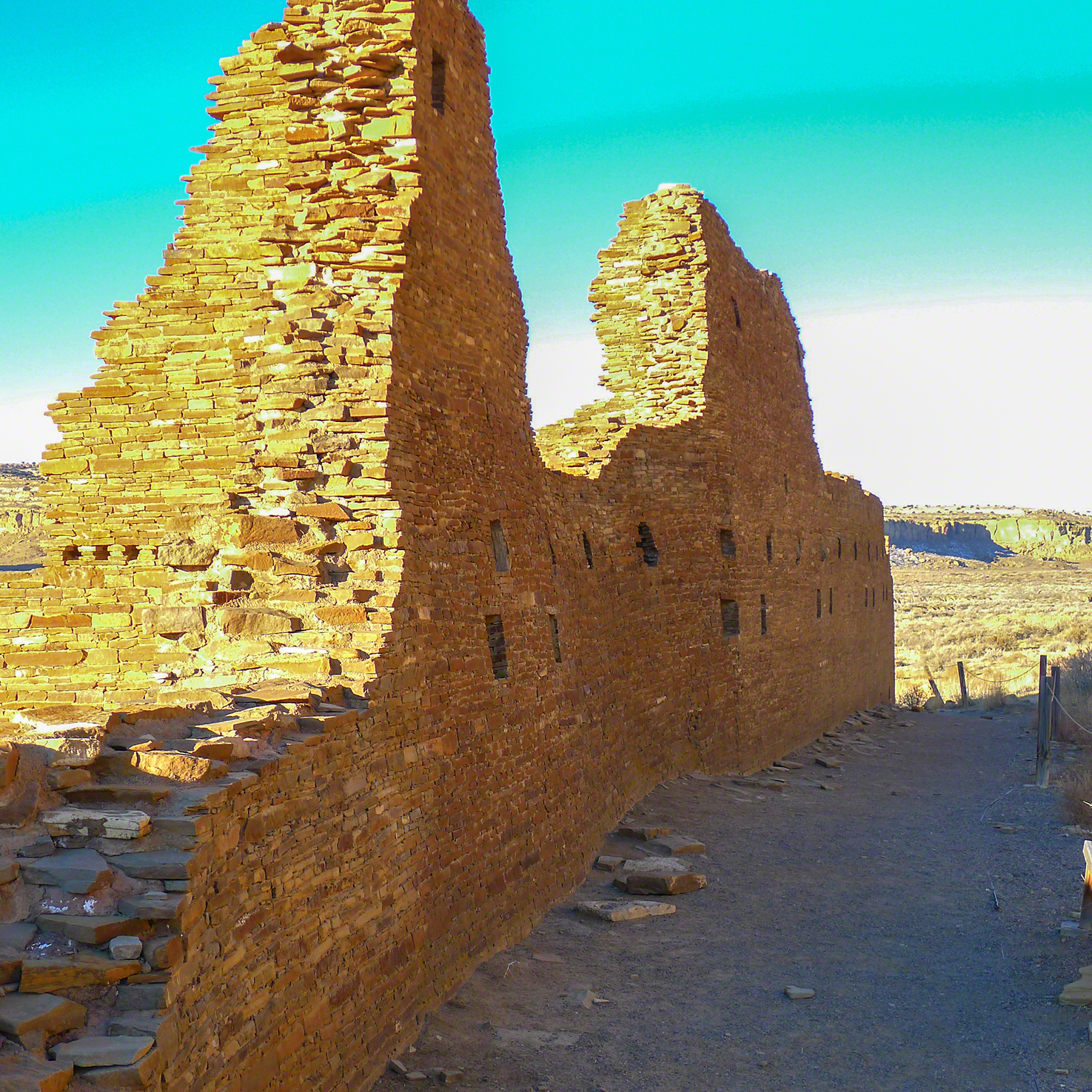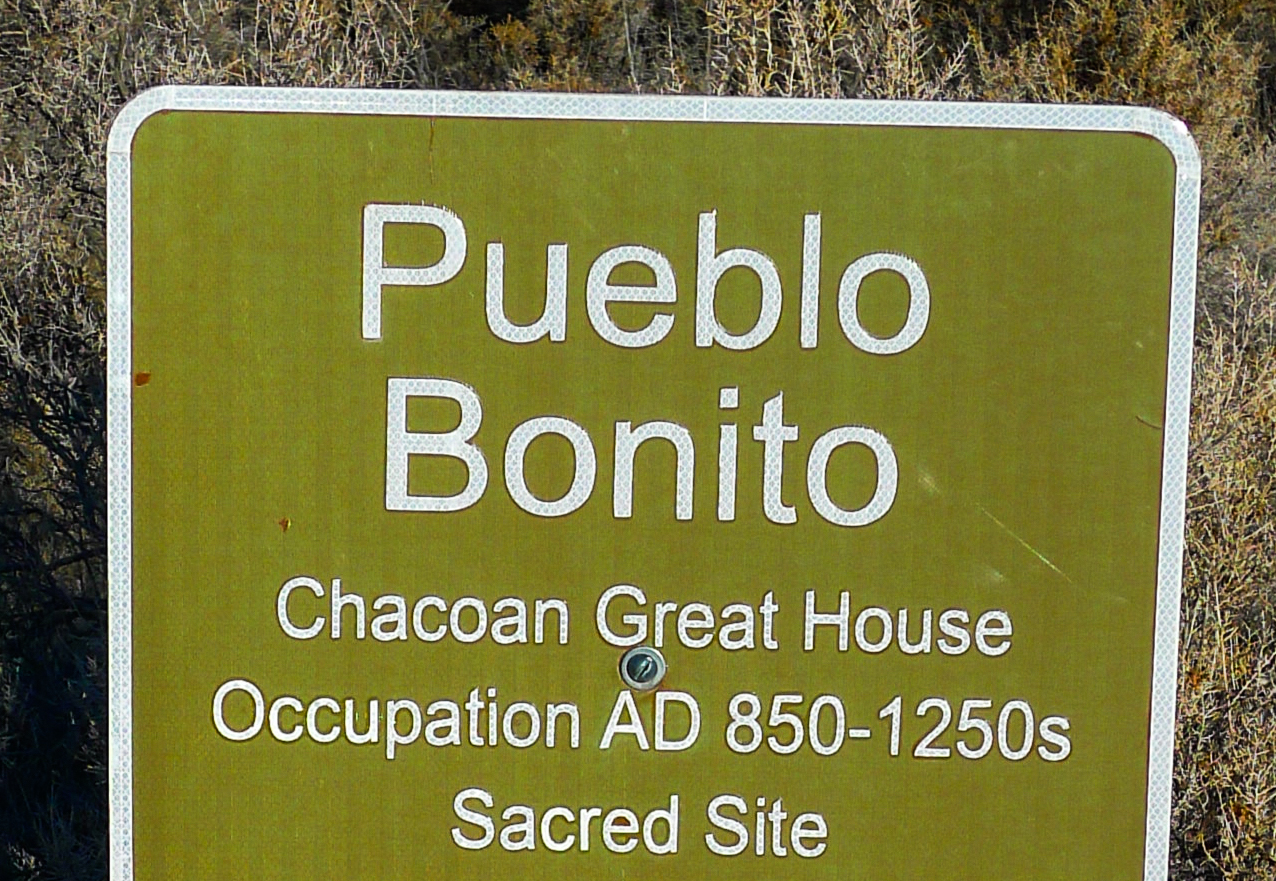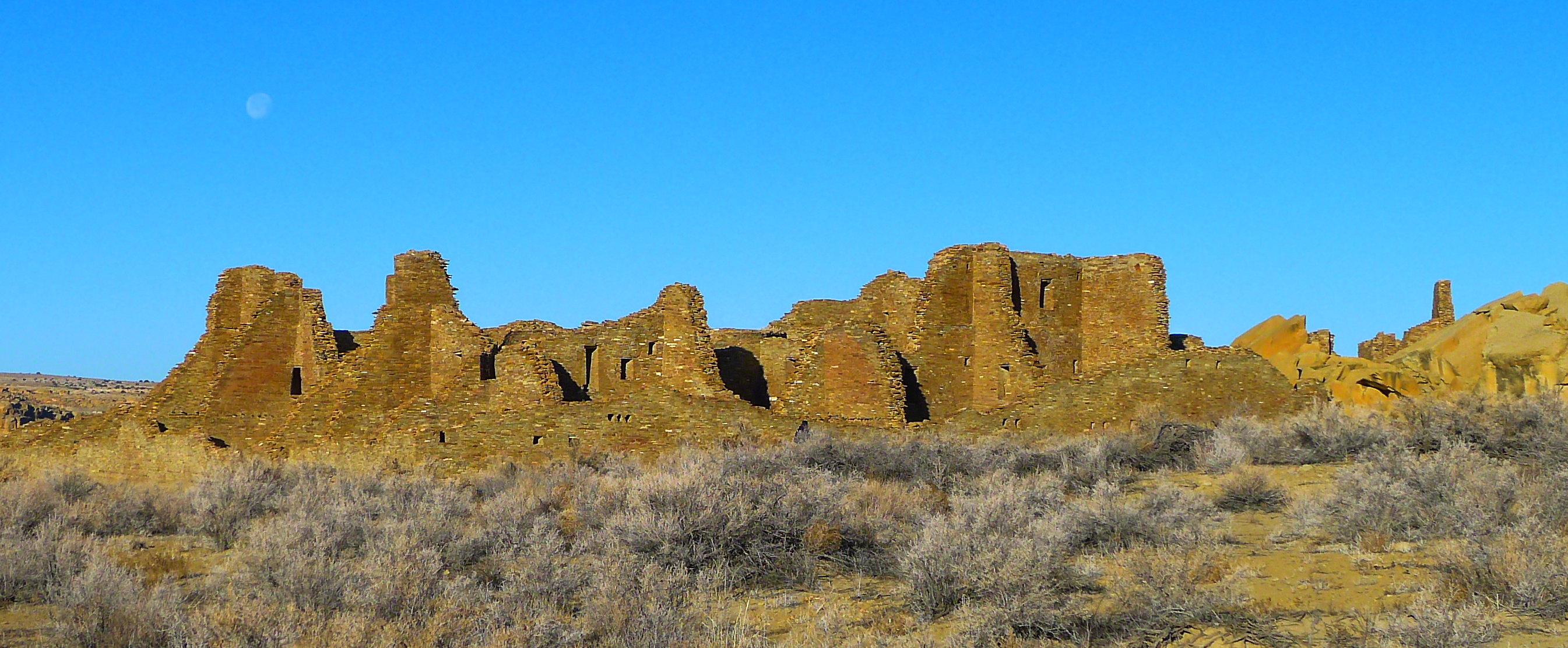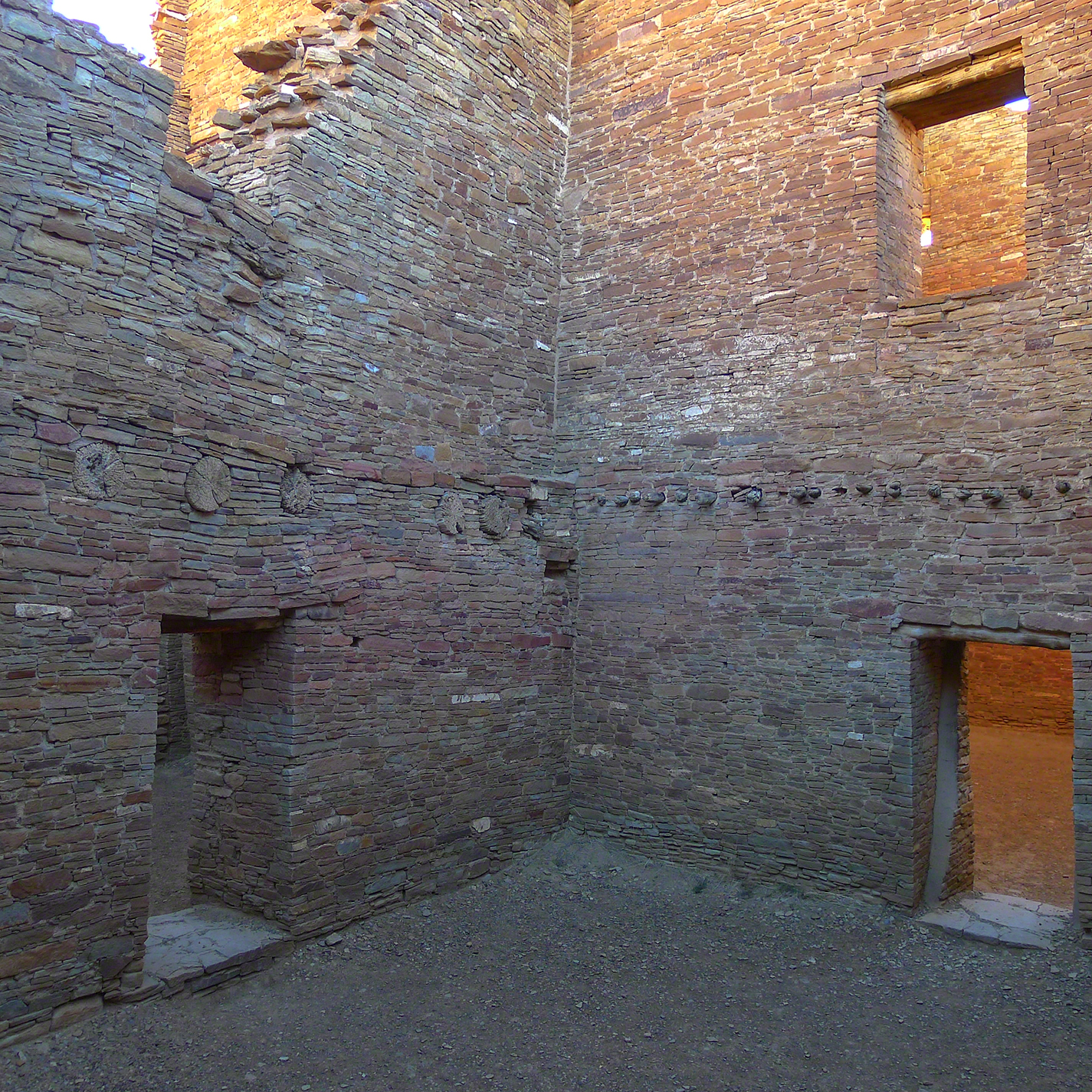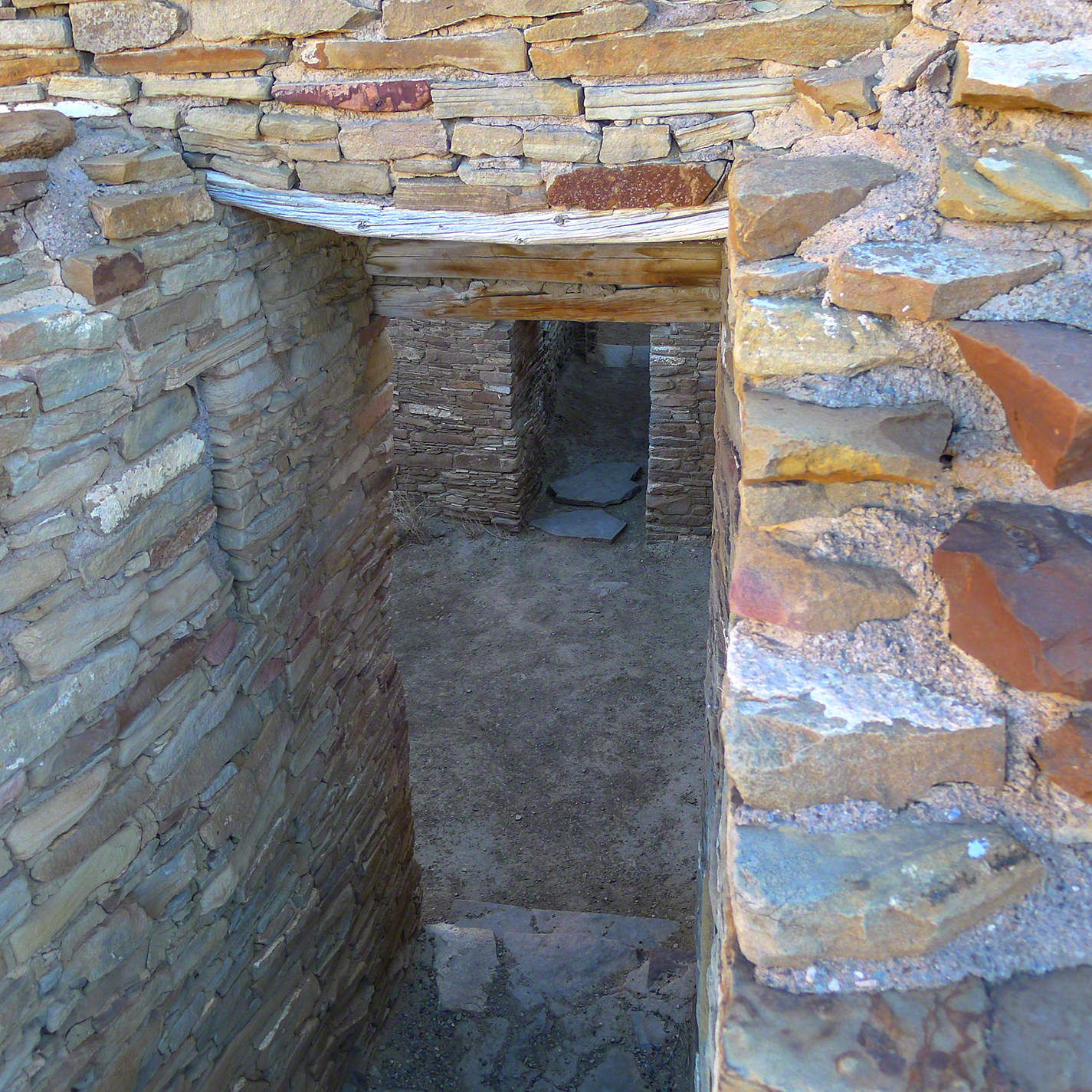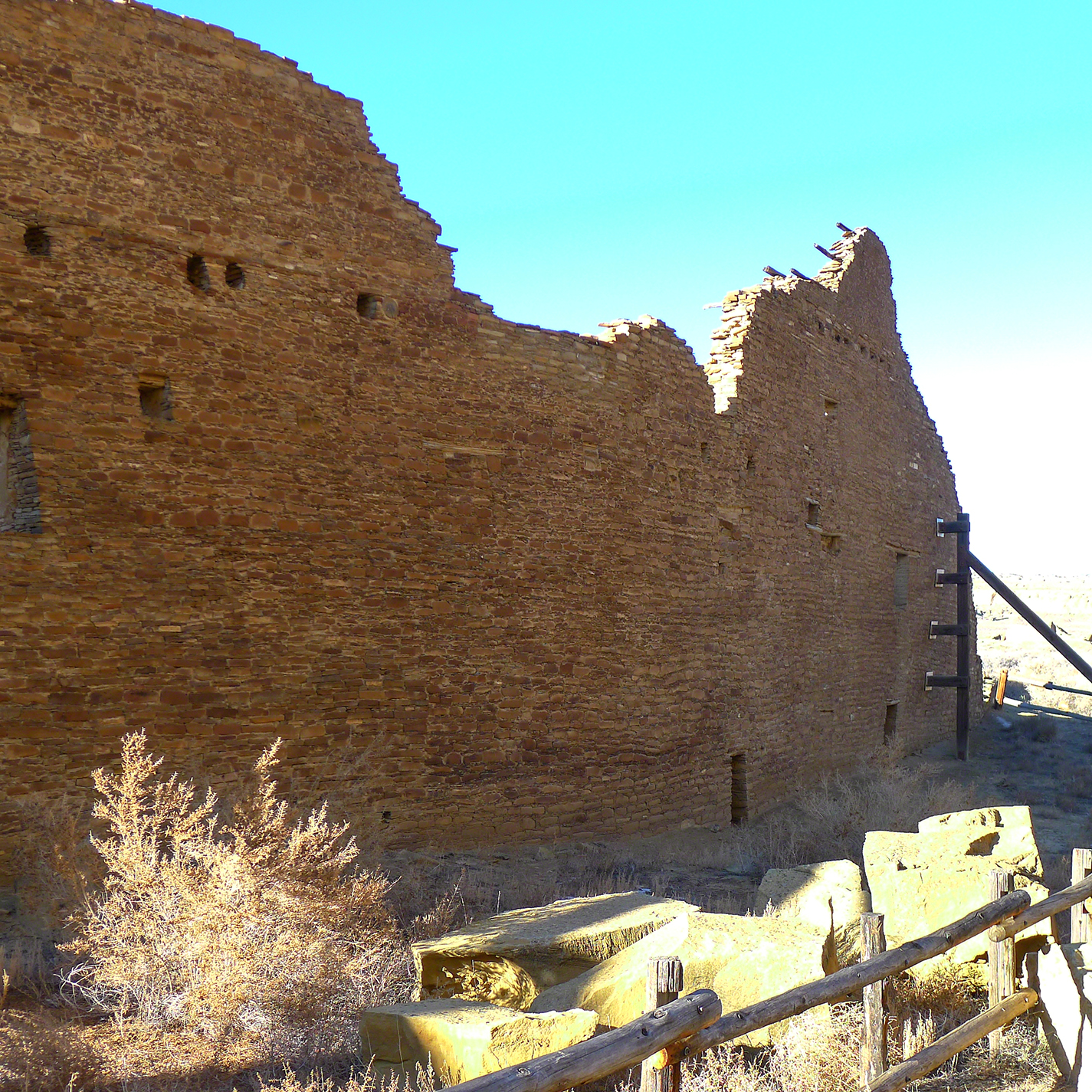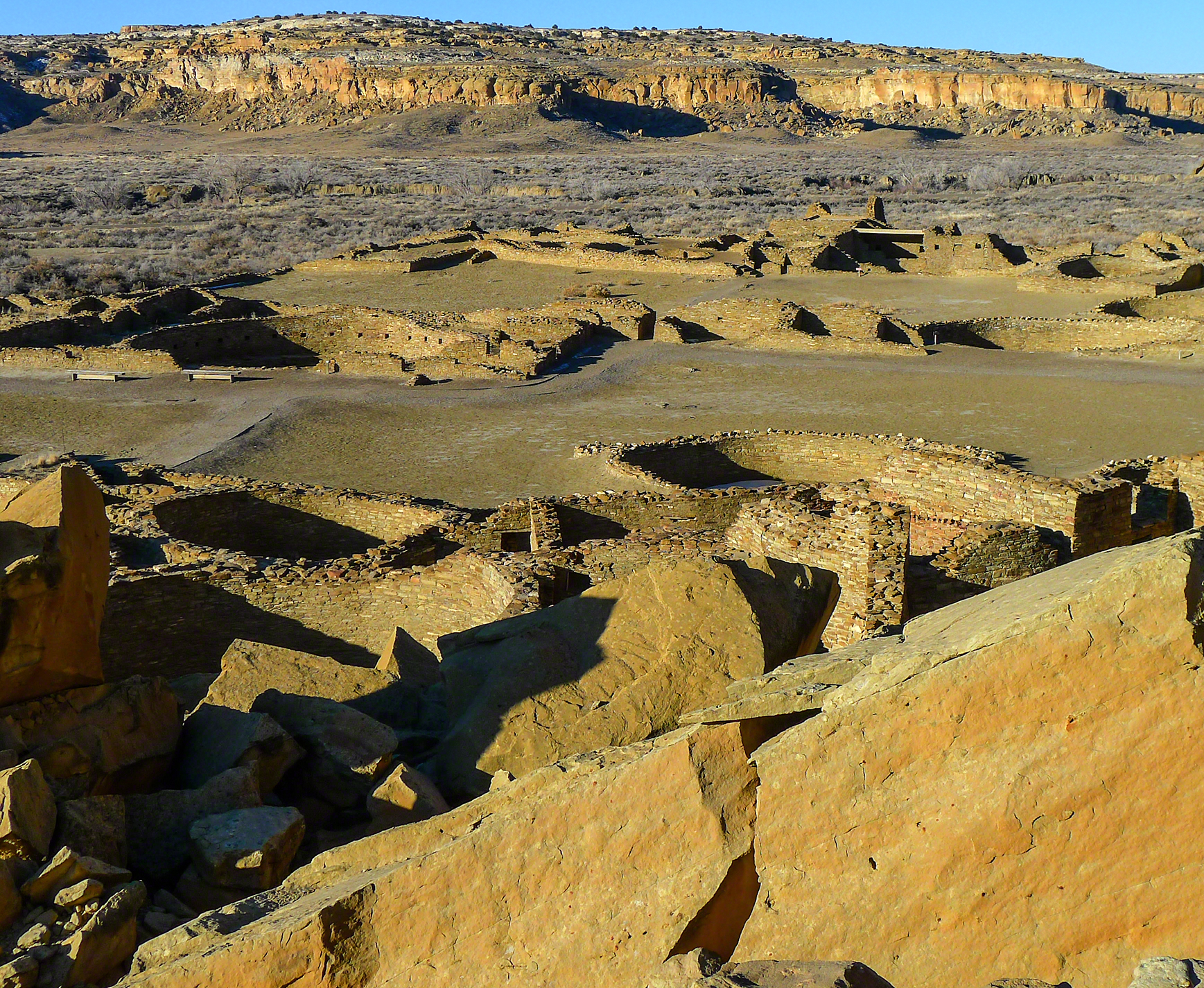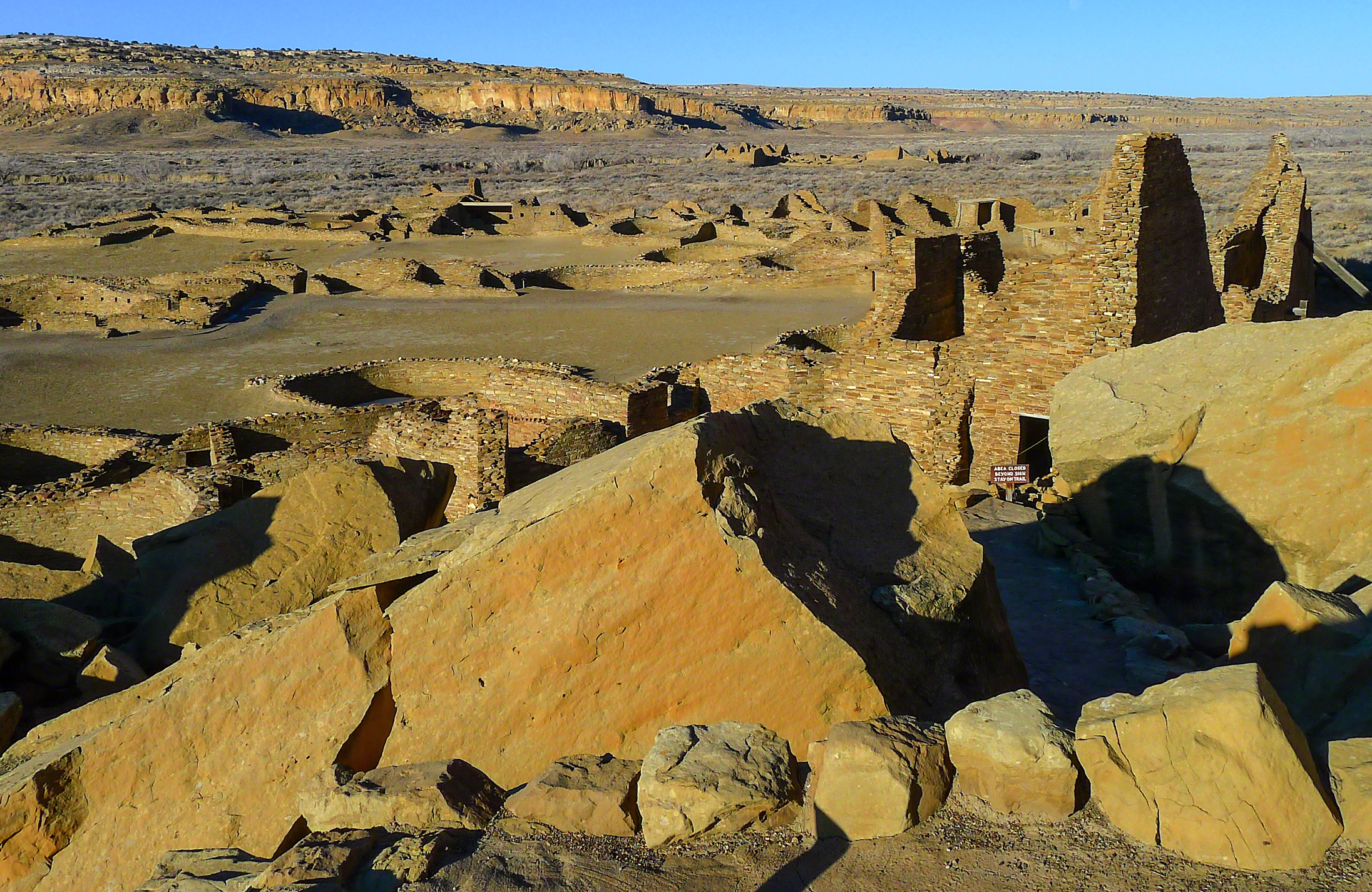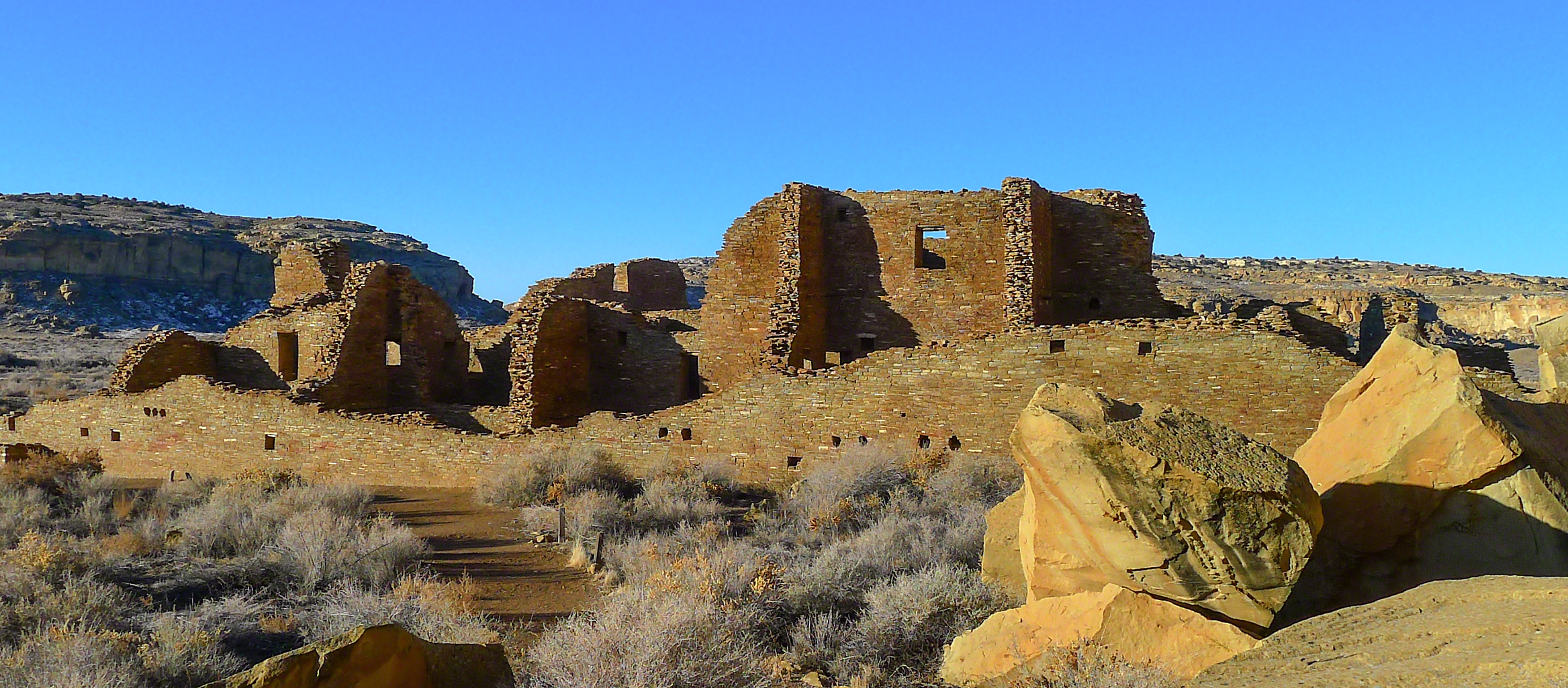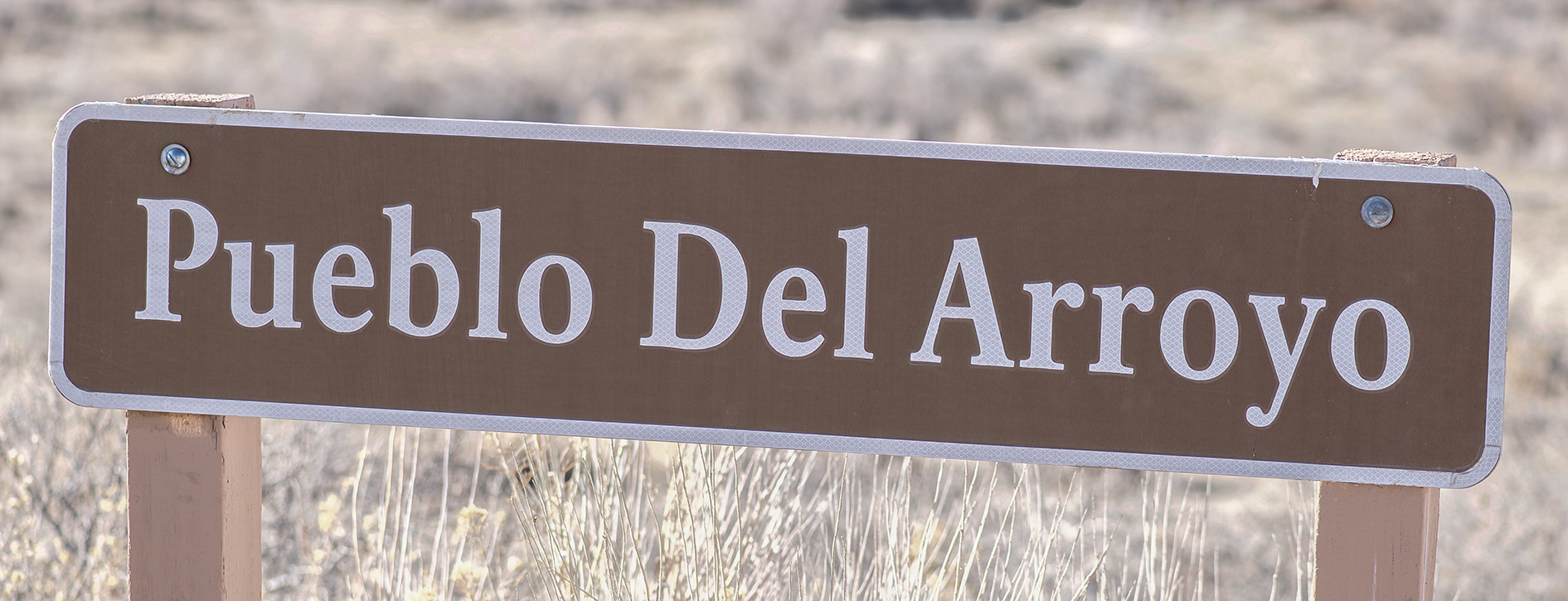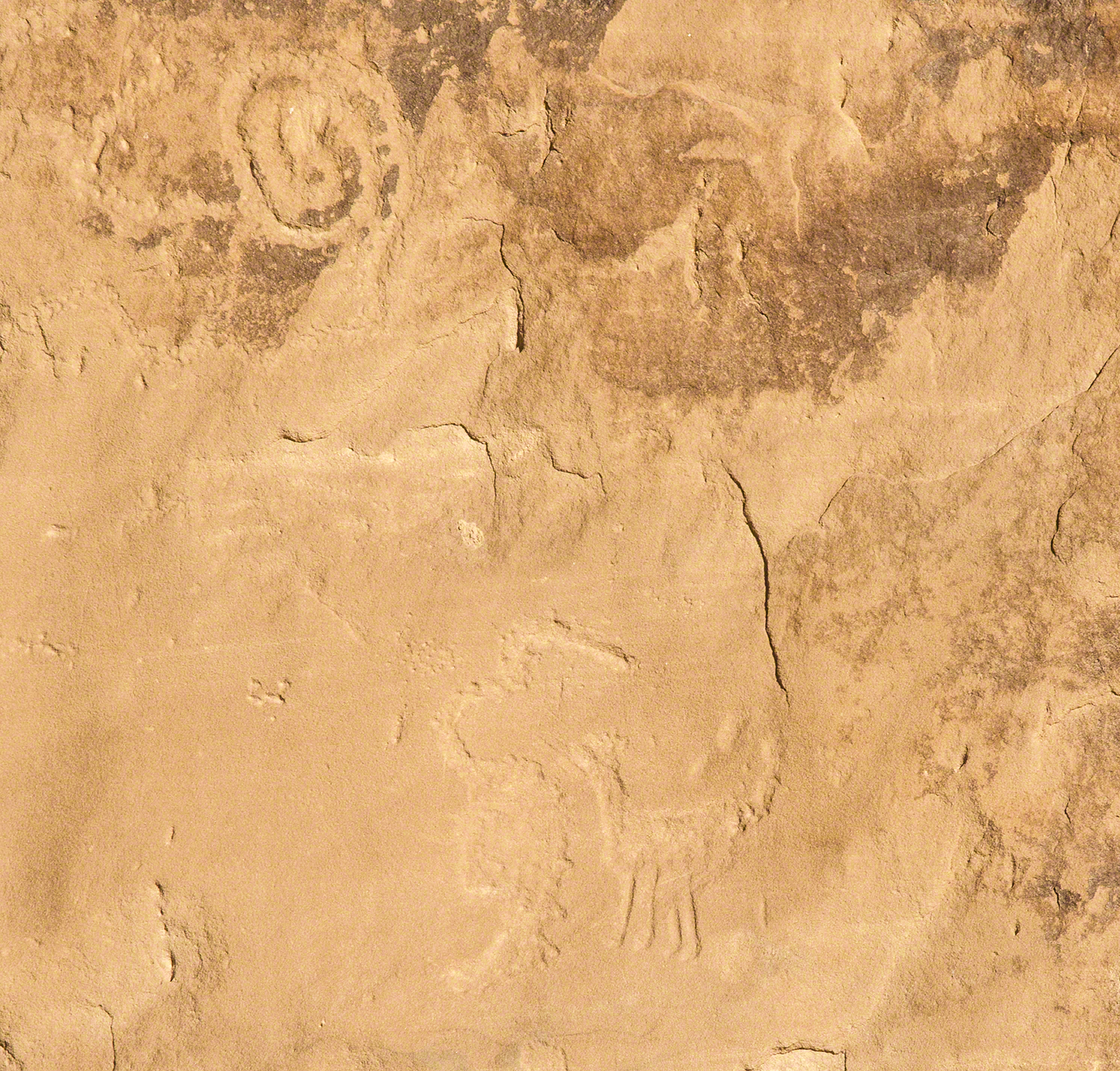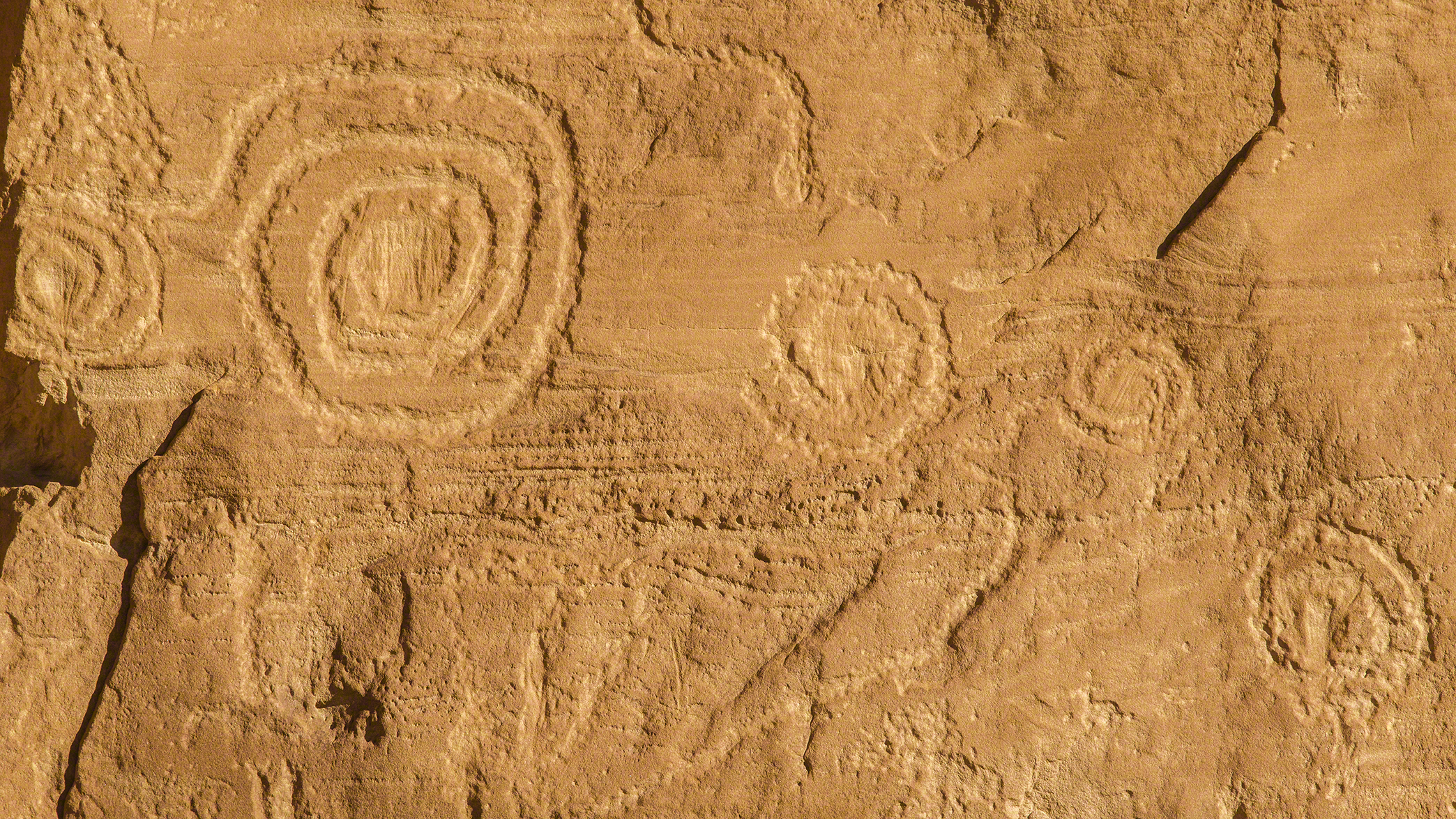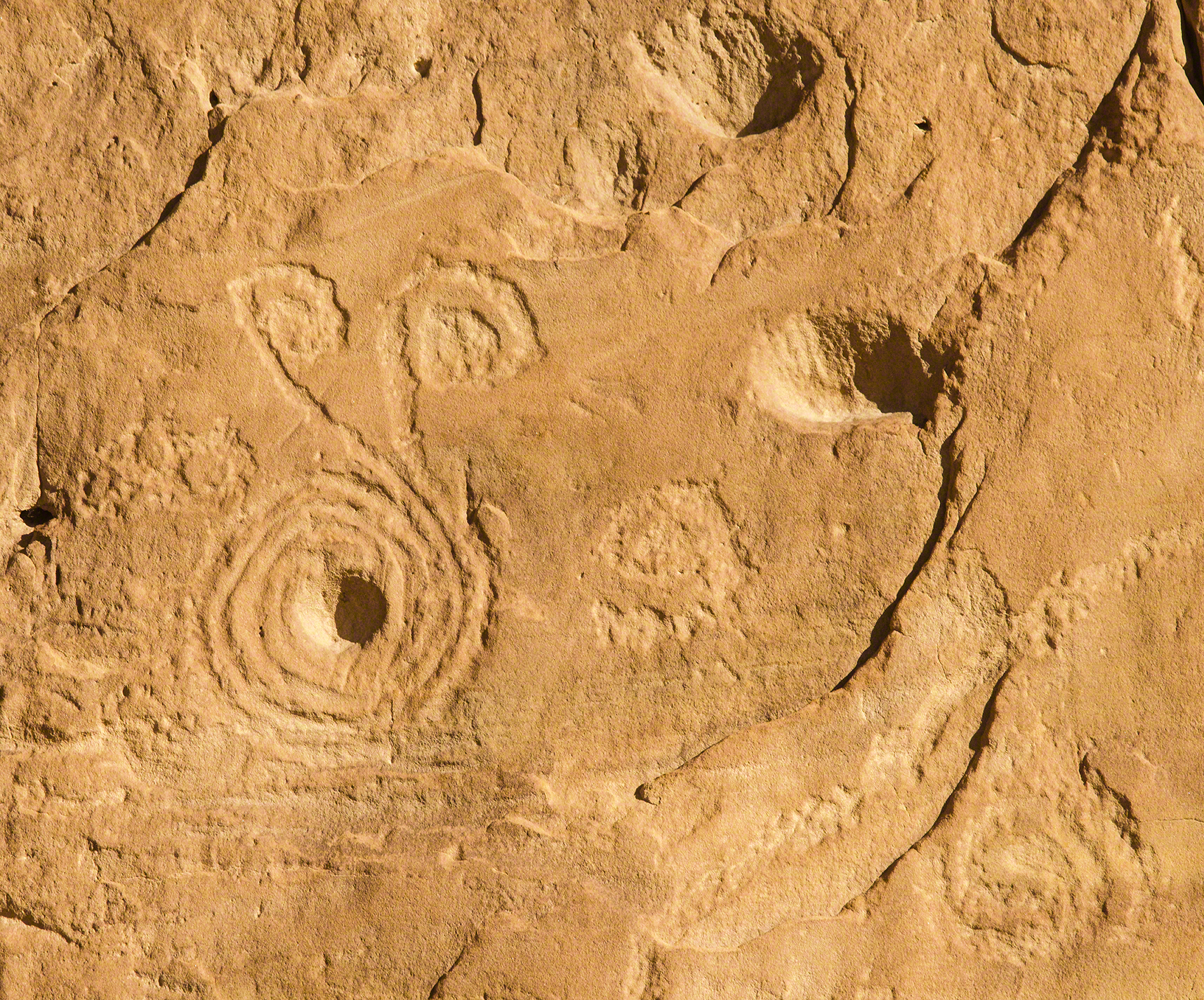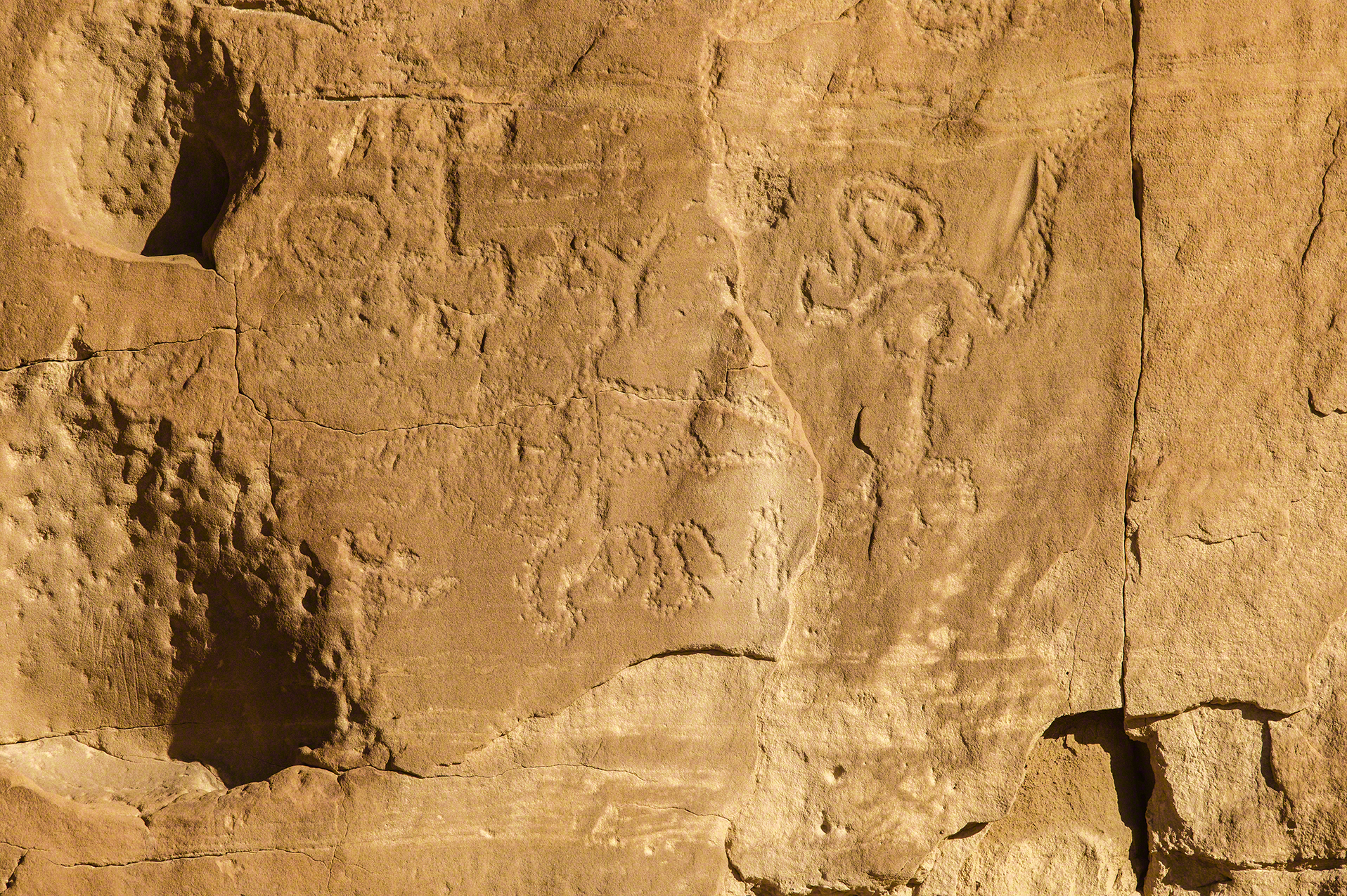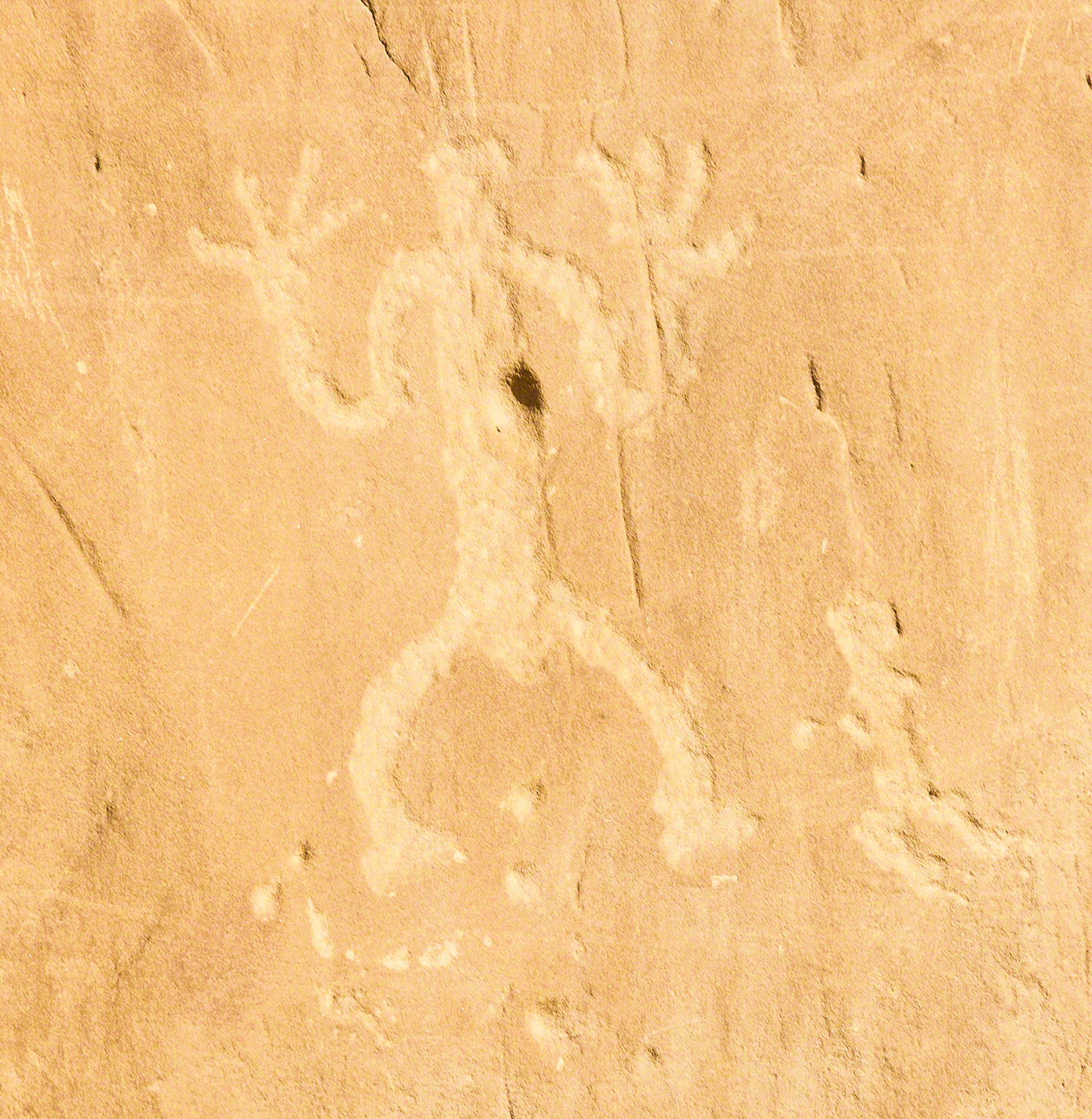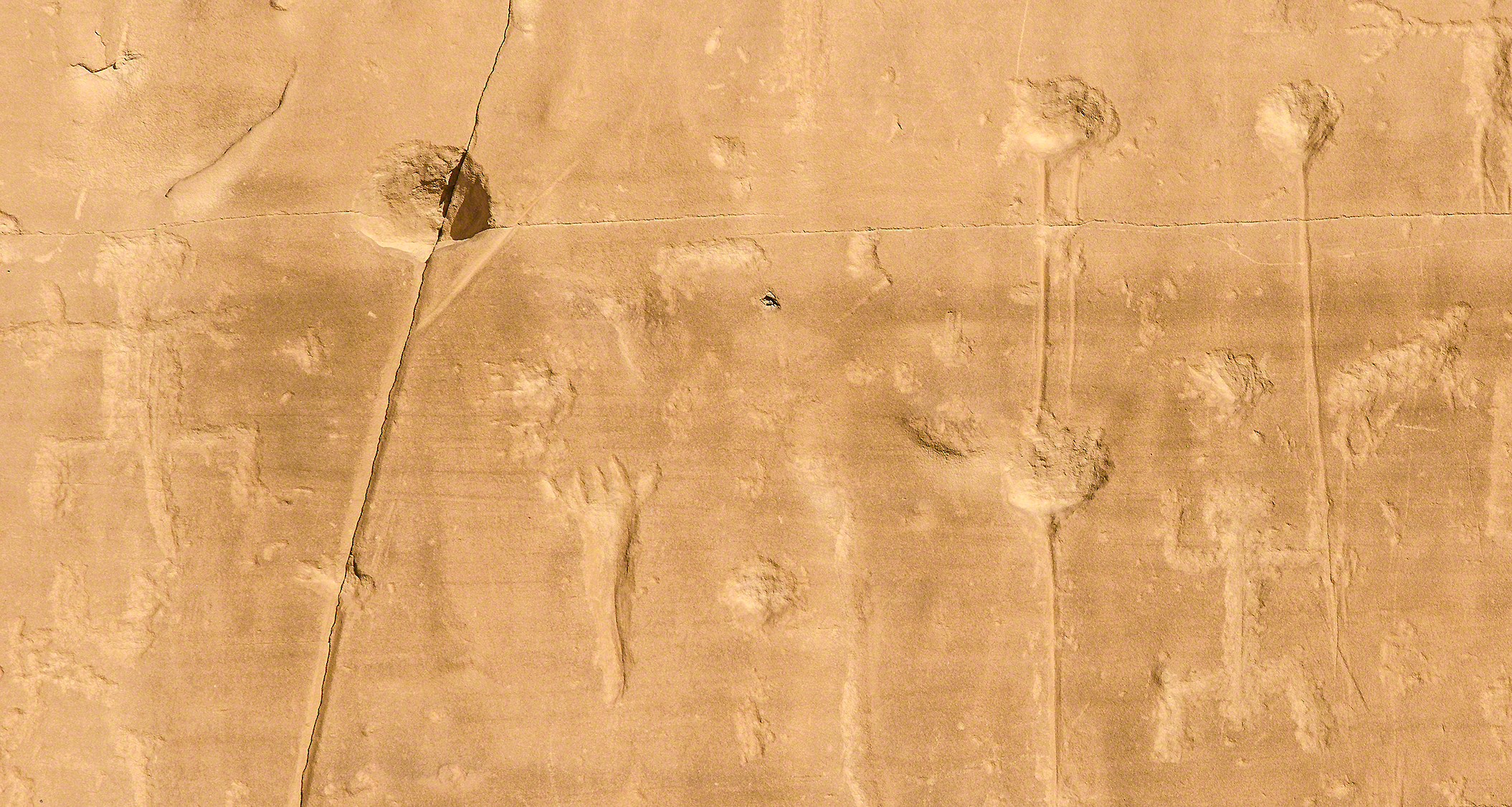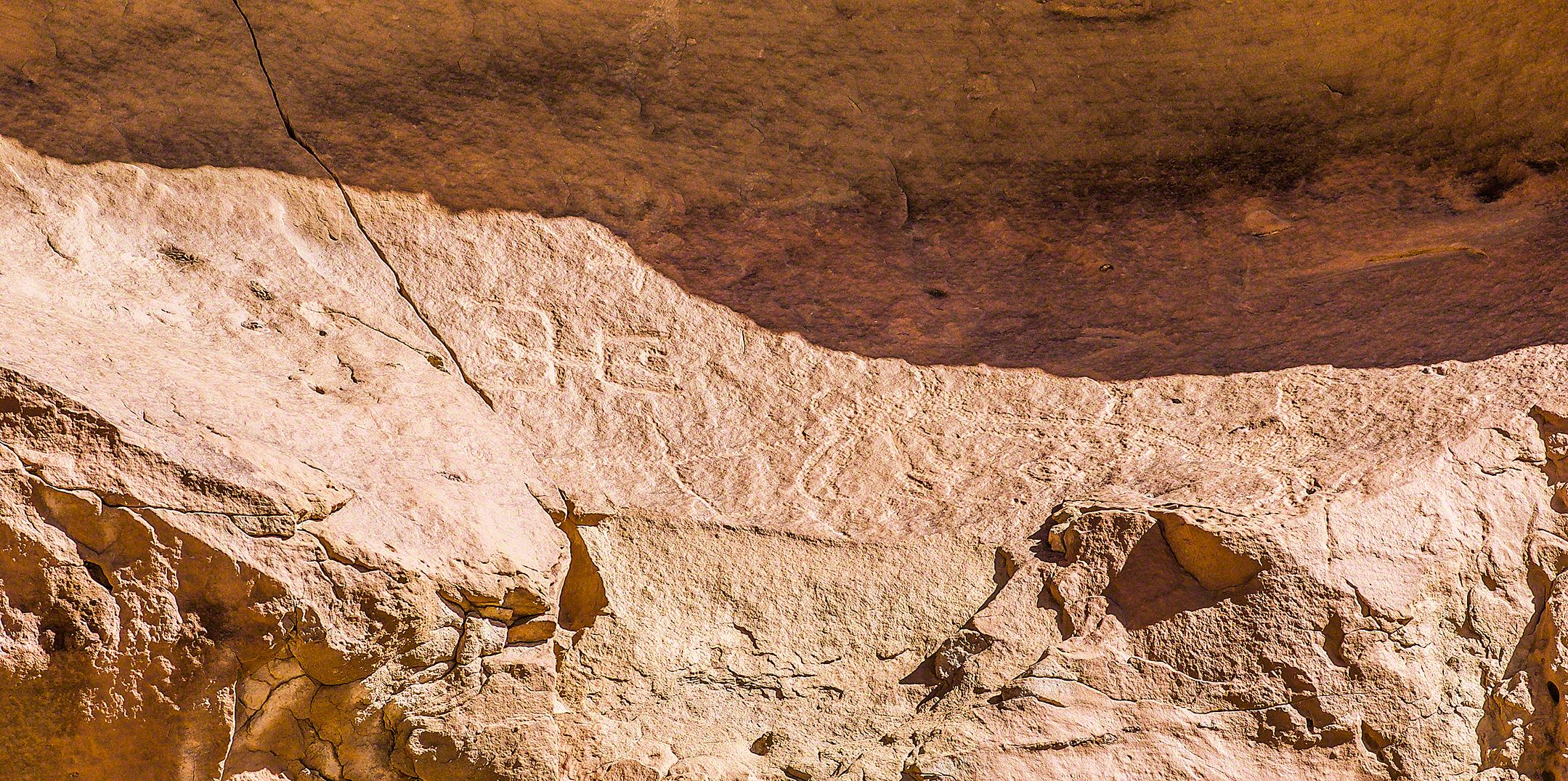I visited several Native American sites during my recent visit to southwestern U.S. The locations included:
Seminole Canyon State Park in Texas (early indigenous native American culture)
Chaco Canyon in New Mexico (Anasazi culture)
Wupatki National Monument in Arizona (Anasazi and Sinagua cultures)
Montezuma Castle National Monument in Arizona (Hohokam and Sinagua cultures)
Seminole Canyon is located near the Pecos, Rio Grande and Devils Rivers potentially providing water sources for the first native American populations to the area as well as to the wildlife. Seminole Canyon was first occupied by these native people about 12,000 years ago. The pictographs found at this site date to approximately 5,000 to 4,000 years ago making them some of the oldest in North America.
Chaco Canyon is located in northwestern New Mexico. It offers an impressive array of large structures, at various locations within the canyon, utilized for ceremony, trade and governance of the indigenous peoples of the area from 850 to 1250 CE. Besides the monumental structures present, the peoples of the time left many petroglyphs on the surrounding walls and rock structures.
The following are a couple of short videos one demonstrating the Great Kiva present and the other of the expanse observed as you arrive to Chaco Canyon.
